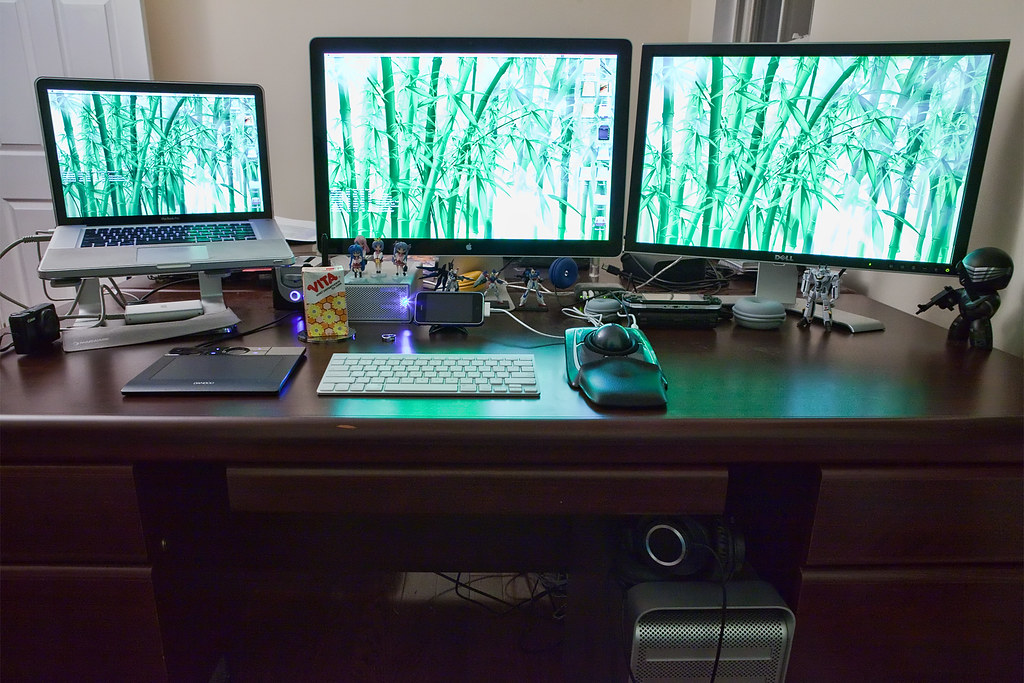This post is a response to the TESOL Greece blog challenge on eModeration. It is primarily aimed at EFL teachers of young learners, teens and young adults but I hope teachers of other disciplines and age groups will find some areas of interest. It will try to answer the following questions:
- What is moderation and why is it important?
- What should we moderate in class blogs and Facebook student groups?
- What are the challenges involved and how can we deal effectively with them?
What is moderation?
In general terms, moderation is the process of eliminating or lessening extremes. It is used to ensure normality throughout the medium on which it is being conducted.
In computing terms, a moderator needs to:
- monitor and often censor inappropriate comments and posts that are left for public display
- keep users on topic
- keep the discussion thread free of personal insults and derogatory comments.
Why moderating?
Merely creating an online community such as a class blog or a Facebook group does not necessarily lead to productive discussions or learning. Additionally, we should not assume that students, regardless of their age, are aware of concepts such as responsible online conduct and digital citizenship. What if their posts are not always appropriate? What about spam and flaming?
Consequently, the teacher’s role in moderating and facilitating purposeful discussions and contributions is vital. As a moderator you will have to take informed decisions about:
- when a post or comment should be approved.
- how to organise online discussions and motivate students to participate in them.
- how to help students feel part of a learning community.
- how to develop their digital literacy skills’ so that moderation can gradually become less frequent.
Class Blogs
The degree and criteria against which to evaluate what should or shouldn’t be moderated might depend on various factors such as the age of your students or whether they have been introduced to eSafety and Digital Citizenship skills. In the early stages, while students should be given freedom over the ideas they express, they should also be aware that you are the administrator of the blog and thus posts and comments should be first approved by you. This is to ensure that only appropriate content is posted on your blog and that a high degree of etiquette is maintained. And as your blog will probably be public, you should know that practically anyone on the web can visit and leave a comment. Would you like your students to read inappropriate comments or be exposed to potentially suspicious links contained in them? To my experience, this rarely happens but I strongly believe moderation is of vital importance to protect your online community from the potential risk.
For class blogs I would suggest the following:
- Make sure your students are aware of the rules and guidelines of the blog so that they know what is or isn’t appropriate. If possible, involve them in the decision making. It will encourage greater ownership and motivation to respect the rules.
- Consistency is important. Decide in advance whether posts or comments that contain accuracy mistakes will be accepted or not. I personally think that rejecting such content can be extremely discouraging for students but it clearly depends on the primary aims of your blog. I publish comments even if they contain mistakes to reinforce students’ communication skills and sense of community. As far as posts are concerned, I adopt a process writing approach where students submit their first draft and then revise their work according to my feedback. You need to make your own decisions as a class and stick to them.
- Decide in advance whether or not you are going to moderate YLs & teens’ personal pictures. While there is not a consensus decision on this, you should know that according to Children’s Online Privacy Protection Act (COPPA) for example, you need the parents’ consent to post a picture of an under 13 year-old-child. My piece of advice? Students of all ages love posting their pictures on class blogs and might feel disappointed to see them turned down. I generally advise students to attach creative commons licensed pictures but when someone attaches a picture of themselves, I use skitch to blur the face even when the parents don’t mind their kid’s picture posted online.
- Be aware of the links students might share on posts or comments. I think that not allowing students to share links would not reflect reality since we all do on a regular basis. Instead, teach them that not all links are innocent and that they should check before they share with their classmates. In any case, moderate before you post. Quite recently, a student of mine left the comment with a link on our blog. Although the student is a responsible internet user, I thought it was essential that I first ensure the link was a safe one and that it did not direct students to illegal game downloads.
- As I have already written in a previous post, teaching commenting skills is necessary if we are to transform our blog from a static space to an interactive community. According to Morris (2011) quality comments are:
1 Relevant to the post.
2 Complementing the writer, asking a question or adding further information to the post.
3 Proofread by the students for correct spelling, grammar and punctuation.
As a moderator, you might also need to provide timely intervention when a discussion goes off topic or when an argument should be resolved. Sometimes students might transfer an argument that started in class to the blog especially when they feel active parts of this online community. Your role as a moderator and facilitator can be vital in such cases.
Facebook student groups
Unlike blogs, Facebook groups do not allow administrators to approve comments before they are published. All you can do is delete posts and comments or even remove members in case things get out of hand. For this reason, I would suggest that teachers create a Facebook group only when they have introduced their students to concepts such as appropriate online behaviour and responsible digital citizenship. Having said that, I do believe Facebook can be a great learning platform if used effectively. Our students are there anyway so why not make learning more approachable to them? I totally appreciate protected platforms such as Edmodo or Schoology which might be essential in certain cases. However, adopting a constant risk-averse approach can be counterproductive and unrealistic. Students need to be given the opportunity to take risks in real contexts otherwise they won’t be able to manage risk effectively.
Most of what I mentioned about blogging applies to Facebook as well but below are some tips special to student Facebook groups:
- Create a closed group for your students so that you can ensure only accepted members can access and post there.
- Promote students who are willing and involved to administrators. It will take the burden off you and they will be given a great learning opportunity. You will also encourage a sense of ownership and belonging to the group.
- Do not become Facebook friends with your students unless of course you do not post personal stuff on your account. Posting a family picture, teasing a friend online or checking in at a club might be things you wouldn’t like your students to know. it can be hard to decline requests but it will make your life so much easier. There are a few tips I can share on that so I intend to write a follow up post 🙂
- Do not delete posts or comments just because you or other students don’t agree with some opinions expressed. On the contrary, encourage debate and use it as an opportunity to show students that freedom of speech is vital as long as people justify their opinions politely.
- If students spam or make inappropriate contributions I think you have every right to delete their posts or comments. After all, you are there to ensure students’ security and learning. Talk to the student in private and try to understand the reasons behind their actions. Sometimes teenagers or young adults just like to break the rules. I also think that, without identifying the student, you should use the incident as a topic for a class discussion. Instead of giving tedious lectures on inappropriate online behaviour, encourage students to comment on the incident and see for themselves why spamming or flaming is inappropriate.
- As already mentioned, use this online community to promote responsible and wise social media use; turn mistakes into learning opportunities. I remember I once asked students to post a picture from their summer holiday and write something about it. We had already talked about privacy and digital footprint so I was surprised to see a picture of my 20-year-old student posing rather suggestively in her bikini. She was a nice girl and I’m sure she didn’t mean to provoke her classmates. After all, it is difficult to define the norms when young people are exposed to nude or semi-nude TV images all the time. The good thing about the incident was that it proved to be a great topic for a class discussion on digital identities which encouraged the girl to remove the picture herself.
A final piece of advice
Moderation involves students’ participation to online communities and this is something that only you can encourage no matter how powerful a tool is. If participation is optional not all students are likely to contribute. On the other hand, if it is mandatory or marked it might feel like another task that needs to be done. It would be better to integrate it into your course so that students perceive it as an essential part of their learning. For example, you might start a discussion in class that could be continued online; or instead of asking them to write an essay, you could post a relevant video, ask them to discuss it with classmates online and then write something on this.
How do you moderate your students’ class blogs or Facebook groups? Would you add or remove anything from the above tips? I would be very interested to read your views 🙂




Comments are closed